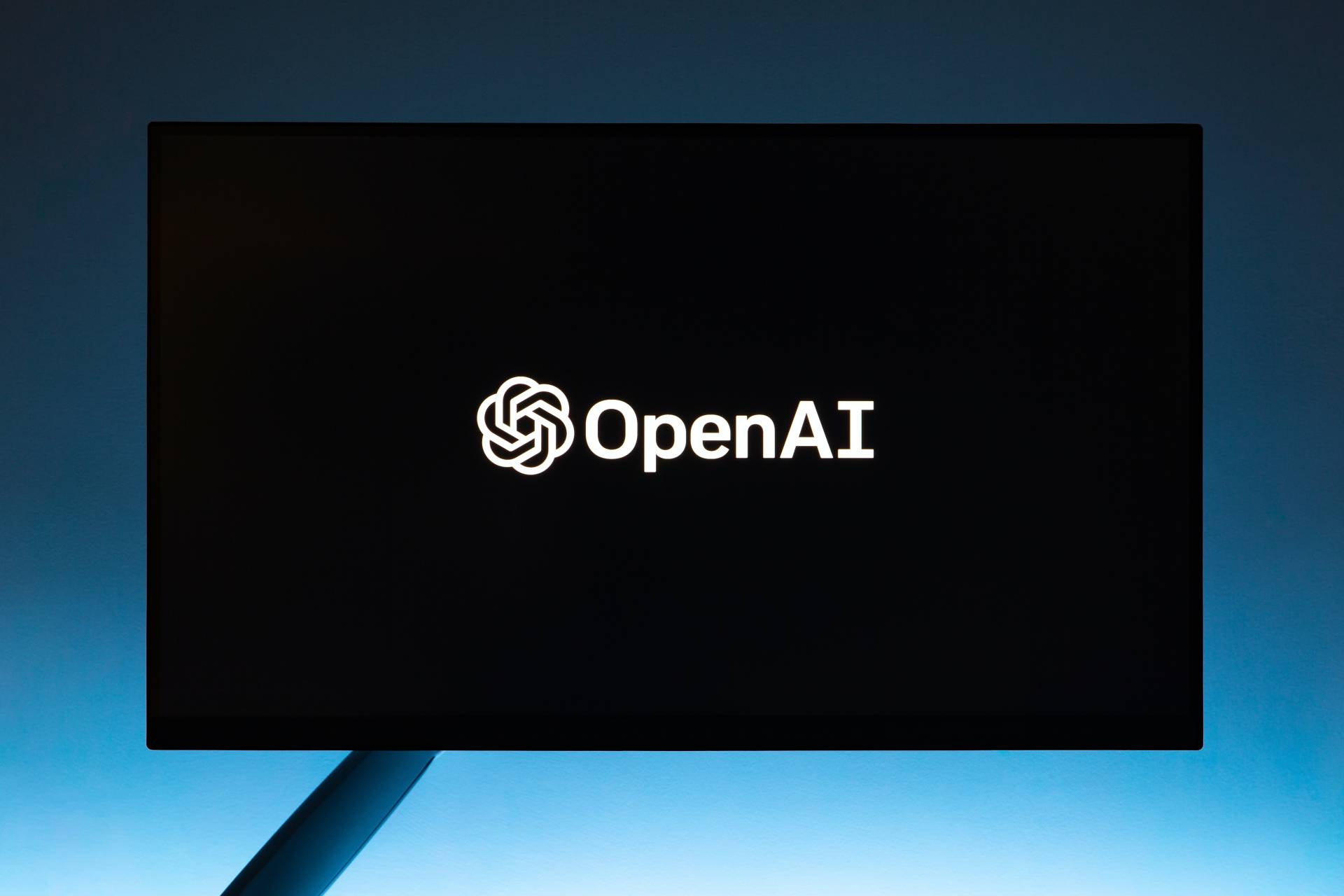Small and medium-sized enterprises (SMEs) usually comprise most businesses in a given marketplace. However, since they often have fewer resources than the largest companies, officials need to know how to use resources effectively. One of the ways they can do that is to use technologies centered on chatbots and generative AI — including ChatGPT. Here are some practical ways to get great results.
1. Use Chatbots to Draft Candidate Communications
Staying in touch with candidates through the hiring process is crucial, but it becomes more difficult as the number of people applying rises. Fortunately, you can use tools like ChatGPT to suggest how to tell applicants about their progress. For example, will you invite them to an interview or inform them others are better suited to the role?
Following up with all candidates protects your brand and shows respect to the people who decided to apply. A tool like ChatGPT could also help you develop consistent messaging, further strengthening the perception of your company.
Consider using a chatbot to help you craft content for various situations. Whether you need to let candidates know their applications are under review or want to extend job offers, clear communication will make these experiences better for everyone involved.
2. Let Chatbots Create New Content for Job Ads
When decision-makers at your SME commit to recruiting and hiring more candidates, you must take the time to ensure any previously used job ads still reflect current needs and benefits. You may also need to make wholly or mostly new postings to attract the kinds of people you hope to hire.
You might stipulate that international workers you hire will be contractors rather than employees. Alternatively, you might need to clarify that advanced English-language skills are a prerequisite for getting hired.
Perhaps you’re recruiting to fill skills gaps in your organization. In that case, make sure the job listing has those specifics. You might say it’s essential for candidates to have at least three years of artificial intelligence (AI) development or cybersecurity experience. Whatever the case, tools such as ChatGPT can help you write that content more quickly.
You can even format your query by stipulating that the chatbot’s responses must have or should not contain certain elements. This should dramatically accelerate your workflow.
One study found that three-quarters of respondents thought AI would gradually become more natural and human-like. Even if you believe that, don’t be fooled into thinking AI can replace your oversight. Let the technology supplement it instead.
3. Rely on ChatGPT for Candidate Assessments
Many employers remain unsure of whether to allow their workers to use AI. Some have banned it outright. They worry that products like ChatGPT could provide incorrect information or enable people to cheat. However, there are better approaches than forbidding candidates to use generative AI tools.
One possibility is to test candidates’ resourcefulness with AI by allowing them to use it during company assessments. It’s already clear artificial intelligence is becoming an increasingly significant factor in how people use the internet and complete various tasks. Recruiters typically want to see whether applicants can think creatively and use all the tools available to them.
Consider creating one assessment where people can use AI tools and another that forbids it. Then, compare the results and look for details of someone’s most obvious strengths and weaknesses.
4. Have the Chatbot Suggest Interview or Screener Questions
It’s always a good idea to freshen up your interview questions when engaging with candidates. Some people suggest using ChatGPT to understand what will likely be asked during interviews. It does work that way, but you can also have it create new questions for candidates.
One option is to paste the job description into the ChatGPT input box and ask the tool to provide appropriate questions. That could encourage you to think differently by going beyond how you’ve previously engaged with candidates during the interview process.
Another possibility is to use an AI chatbot while writing your candidate screener questions. People see them when they’re submitting resumes and cover letters. They might ask individuals what appeals to them about a specific job, how prepared they are to relocate, and which characteristics make them most well-suited to succeed.
Coming up with these questions takes time and effort, but those are some of the strongest reasons to rely on AI chatbots. You’ll still need to proofread the queries and potentially make some tweaks, but this technology application is a definite time-saver.
Maintain a Realistic Perspective
AI chatbots are incredibly versatile, but they don’t replace human input. Use these suggestions as jumping-off points for how you might apply these tools in your organization — particularly for recruitment. The potential applications will undoubtedly change and expand as technology advances. However, these are practical and useful ways to experiment with it now.

